Celebrating Canadian Innovators, Now More Than Ever
The recipients of the 2020 Governor General’s Innovation Awards are six outstanding scientific, civic and social-impact pioneers, exemplifying the kind of innovation that will not only help Canada build back better, but also help position the country as a global driver of inclusive innovation across all fields and industries. They personify the ingenuity, grit and perseverance needed to fight our toughest challenges.
Jacqueline Milczarek
The Governor General’s Innovation Awards (GGIAs) inspire Canadians to embrace innovation and emulate those who are having a meaningful impact on our quality of life. The awards celebrate trailblazers who help shape our society and our future, and who inspire the next generation of innovators.
The GGIAs are managed by the Rideau Hall Foundation (RHF). You can learn more about the 2020 GGIA Laureates at: innovation.gg.ca.
AccessNow—Maayan Ziv
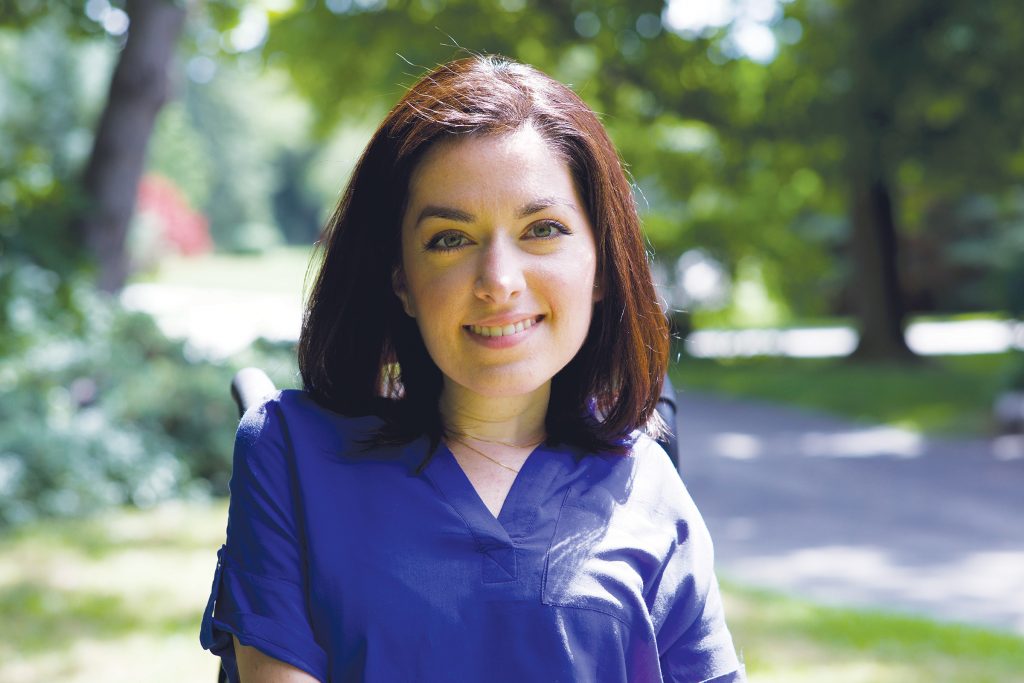
When economic development is not inclusive, disability advocate and tech entrepreneur Maayan Ziv believes in breaking the door down (albeit gently). At a time when the COVID-19 pandemic has been impacting minorities and those with disabilities more severely than the rest of the population, Ziv’s inclusive approach is exactly what’s needed to ensure all voices are not only heard, but truly listened to.
Ziv’s call to innovate was born out of sheer frustration—a fateful incident that had her squishing through garbage bins in a back alley just to be able to join her friends at a restaurant. Ziv, who has been using a wheelchair since she was a young child due to muscular dystrophy, had no way to navigate the stairs at the restaurant’s main entrance. “That experience was kind of one more moment where I realized—this shouldn’t be like this,” she says. “I needed to do something about it.”
As Ziv explains: “I had no experience building apps, wasn’t a coder. I just started.” A week before she graduated from Ryerson with her master’s degree and while still in her 20s, Ziv launched AccessNow—a mobile app that now features accessibility reviews on more than 10,000 business in more than 50 countries.
The real power of the AccessNow platform is its main crowdsourcing feature. Users can click on a pin to find how accessible a location is before they head out, and can also contribute reviews.
With an estimated one billion people in the world dealing with disability and over 5.3 million in Canada alone, Ziv has created a tool to unite a vast and powerful community of users—one that businesses are paying close attention to. The company recently secured more than 2.7 million dollars from the federal government—money that will go a long way toward breaking down accessibility barriers and allowing more Canadians to participate in the economy.
CHIME

There are lessons to be learned through grit and perseverance, but also through the power of partnerships. When University of British Columbia physics and astronomy professor Mark Halpern and the inter-disciplinary, pan-Canadian team behind the CHIME radio telescope project were able to leverage both, the distant universe opened up. CHIME (the Canadian Hydrogen Intensity Mapping Experiment) is a novel, highly sensitive radio telescope that has no moving parts. It consists of only four cylindrical curved reflectors (each 20 x 100 metres) built at a relatively low cost, using the same kinds of components found in mobile phones or most computer gaming systems. Its mission is to collect digitized signals from across the sky to eventually produce the largest map of hydrogen ever made to help track the expansion history of the universe.
Canada’s largest radio telescope (expected to teach us more about a mysterious cosmic force called dark energy) quickly proved it had another capability as well—to detect a phenomenon called Fast Radio Bursts (FRBs). FRBs are millisecond high intensity radio signals that come from billions of light years away.
CHIME managed to detect the second-ever repeating FRBs ever recorded and is now actively recording FRBs on a daily basis. This work is now being led by Vicky Kaspi, Canada Research Chair in observational astrophysics.
Conceived, funded, and built by Canadians (the project is led by physicists at UBC, McGill, University of Toronto and the National Research Council’s (NRC) Dominion Radio Astrophysical Observatory (DRAO) with collaborating institutions across America), CHIME has become a global model of how scientific teams can find cost-effective ways of contributing robust data to answer some of the biggest scientific questions of our time.
EMBERS—Marcia Nozick
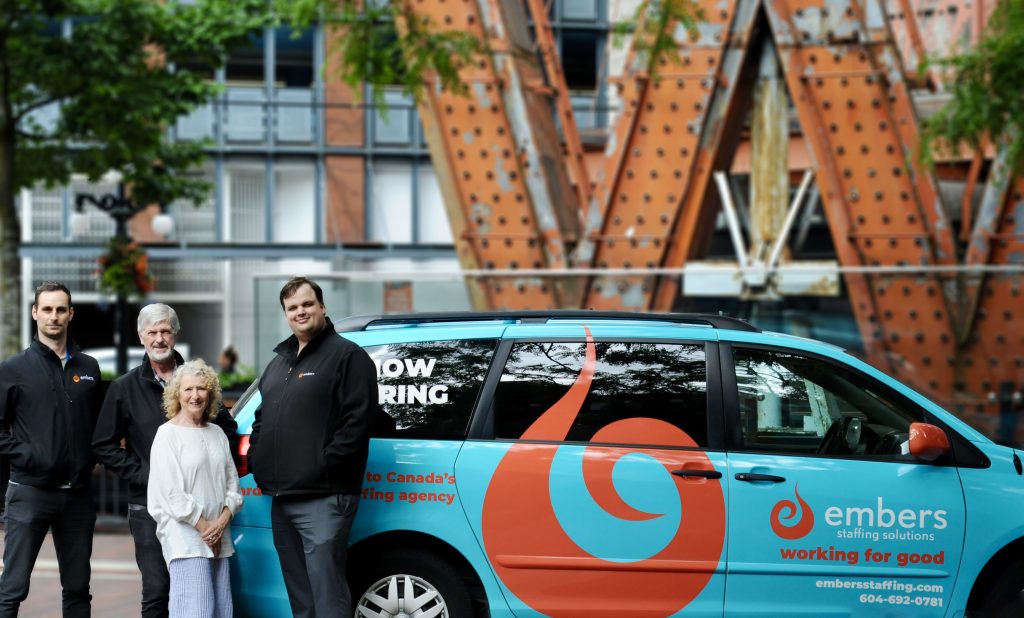
With the Organisation for Economic Cooperation and Development estimating that this second wave of coronavirus may leave as many as 80 million people out of work, the kind of innovative, out-of-the-box, community-building approach that Marcia Nozick has been engaged in may now be more important than ever. Nozick was a community economic development researcher when she first arrived in B.C. and was immediately struck by the poverty she witnessed in Vancouver’s Downtown east side. “What I saw was a lot of people who didn’t work. But they had the capacity and ability to work,” recalls Nozick.
After more than a year of research, working together with community leaders, residents and businesses, Nozick founded EMBERS (Eastside Movement for Business and Economic Renewal Society), a charity that ran a micro-business development program to help those living on low incomes discover skills to launch their own self-sustaining businesses. The model worked well, but financing the program was a struggle. Nozick tried a new idea put forward by a community member. The suggestion was to pivot EMBERS into a company that could provide flexible, short-term work placements for vulnerable workers battling back from drug addiction or disability.
The new model took years of convincing at the board level, but Nozick persevered and in 2008 launched EMBERS Staffing Solutions (ESS)—Canada’s first not-for-profit temporary labour company. As a social enterprise, ESS invests 100 percent of its profits back into the community, offering workers higher hourly wages, equipment, and training.
What Nozick started as a small non-profit has now transformed into an $11.9 M award-winning social enterprise, employing almost 2,000 people, proving that it is possible for community-led initiatives to build inclusive economic development models that are self-sustaining now and well into the future.
New Frontiers in Lung Transplant Medicine—Dr. Shaf Keshavjee
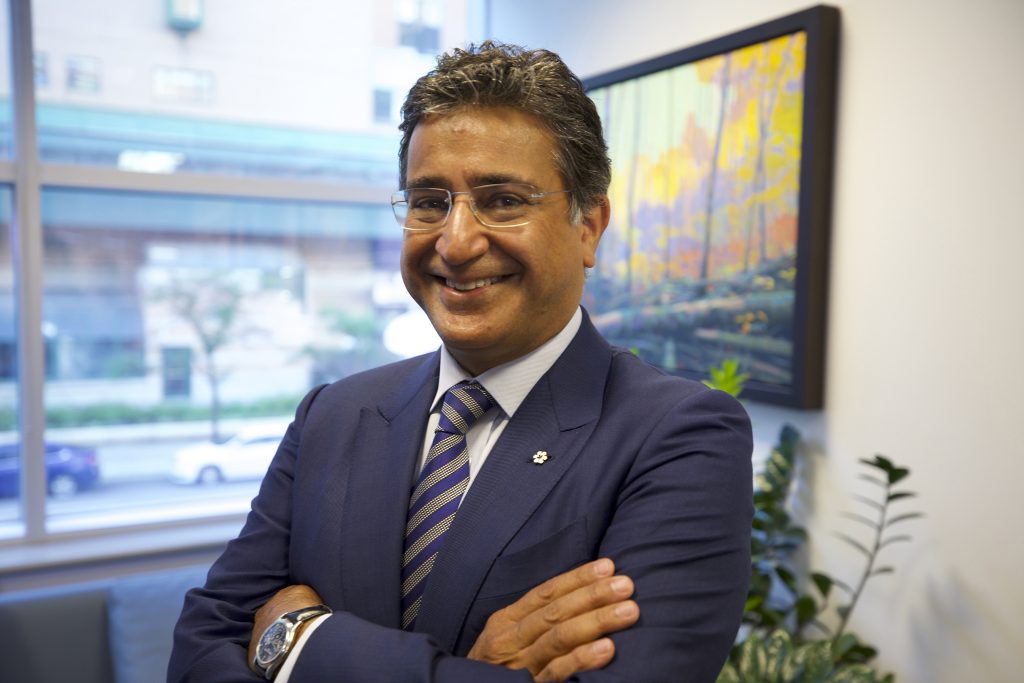
Shaf Keshavjee is another Canadian garnering world-wide attention at this crucial time. The world-renowned thoracic surgeon, director of the Toronto Lung Transplant program and surgeon-in-chief at Toronto’s University Health Network has been actively working through this COVID crisis developing a new diagnostic test called the Toronto Lung Score. The 40-minute test can identify patients at the highest risk of lung failure due to COVID-19, so health care teams can connect those patients to the most appropriate treatment pathways, directing valuable resources to where they’re most needed.
As important as this new diagnostic tool is, it is merely an offshoot of Keshavjee’s main innovation—one that has absolutely changed the game on lung transplantation. Sadly, lung transplantation is the only life-saving therapy for patients with end-stage lung disease and up to 80 percent of donor lungs are discarded because of existing damage.
Keshavjee and his team found a way to fully double the number of lung transplants done at Toronto’s University Health Network through an innovation called Ex-Vivo. The landmark lung perfusion system allows transplant surgeons to assess donor lung function outside of the body for extended periods and then confidently decide whether to use a donor lung for transplant. What Ex-Vivo gives doctors is time. Donated lungs are safely placed in a sterile chamber, oxygenated and provided nutrition, until transplant teams can assess how they can repair the damaged organ with medications, gene therapy or cell therapy.
Since the first clinical trial in 2008, EVLP has been adopted around the world, saving hundreds of lives of patients with end-stage lung disease. Costs associated with chronic obstructive pulmonary disease alone are $12 billion in Canada and the use of EVLP significantly reduces these health care costs while saving thousands of lives.
Reconciliation Through Indigenous Law—John Borrows
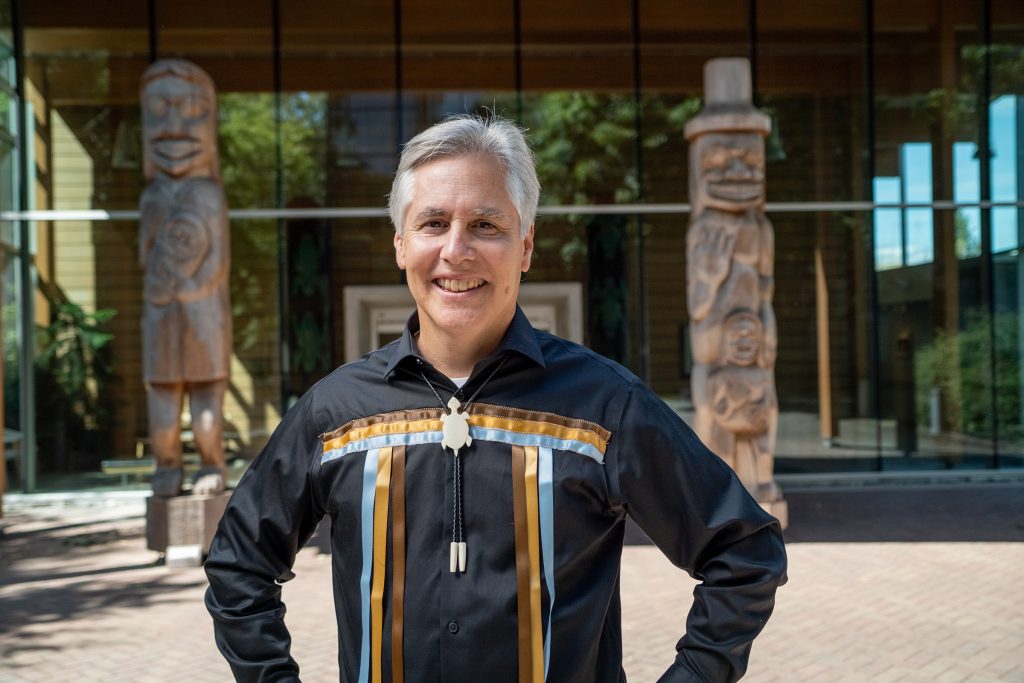
Professor John Borrows is proving that new approaches to law can help heal long-standing cultural divides. Canada Research Chair in Indigenous Law at University of Victoria, Borrows is Anishinaabe/Ojibwe and a member of the Chippewas of Nawash First Nation in Ontario. He is the co-creator of the world’s first dual- degree program in Indigenous law and common law. Students in the program study environmental protection, indigenous governance, economic development, and graduate with two degrees a Juris Doctor (JD) and Juris Indigenarum Doctor (JID).
The hope is that graduates of the new program will be able to help build productive partnerships across the two legal systems, transforming our understanding of how Indigenous and non-Indigenous law can co-exist harmoniously.
Borrows’ innovative approach, spiritual leadership and legal scholarship are contributing to profoundly transformative projects in communities across Canada. He continues to guide communities on how to revive traditional Indigenous legal practices and work through modern day legal challenges, such as environmental assessments or developing land or pipelines—work that is already leading to greater empowerment for first nations, better health and renewed cultural vibrancy.
At a time when the international community has recognized the importance of the rule of law as part of Agenda 2030 (Sustainable Development goal 16 aims to promote justice for all), Borrows innovations in law are a uniquely Canadian solution.
Sheertex—Katherine Homuth
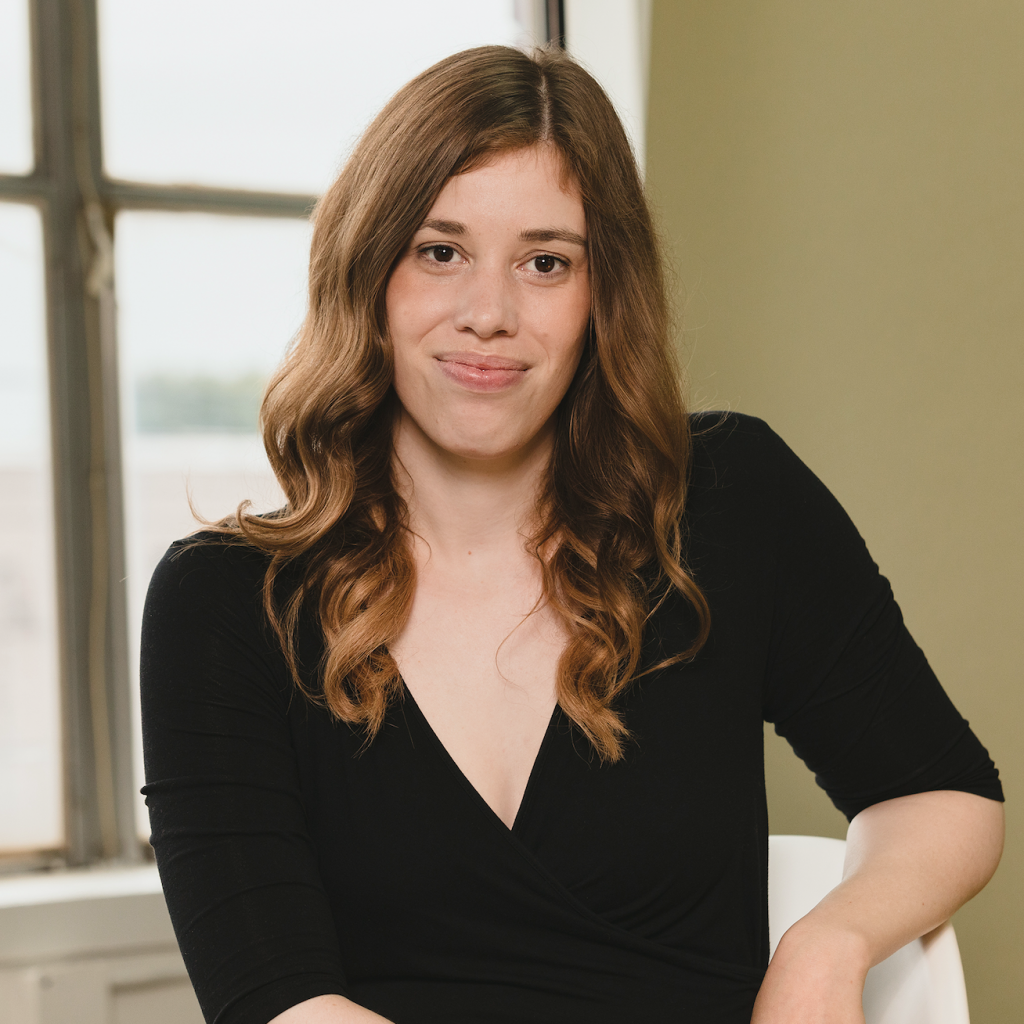
For female tech entrepreneur Katherine Homuth, creating another digital platform was the last thing on her mind. Despite founding two highly successful tech ventures—she started a pre-order platform called ShopLocket acquired by PCH International in 2014, then Female Funders, acquired by Highline Beta in 2017—Homuth decided enough was enough.
Setting her sights on a making a more impactful innovation, Homuth decided that creating a pair of sustainable pantyhose was the place to start. “I couldn’t understand how something as simple as a pair of pantyhose that could make it through the day, hadn’t been invented,” she recalls.
Homuth began by ordering and testing some of the strongest fibres, knits and yarns available, initially working with manufacturers overseas until the super strong ballistic-grade fibres she was using broke all the machines, forcing her to produce the product here at home. After months of trial and error she succeeded in what once seemed impossible—miniaturizing ballistic-grade fibres (similar to those found in bullet-proof vests) to produce a version of the world’s strongest polymer in a new ultra-thin, super stretchy and incredibly strong form.
In less than a year, her new company, Sheertex, emerged as a leader in the hosiery category. The Montreal company is now also producing shapewear while helping to reduce the number of disposable pantyhose in circulation (there are over two billion pairs thrown in landfills each year).
Homuth’s company has raised more than $14 million in funding to fuel a recent expansion and is now one of the fastest-growing companies in North America, proving that sustainable manufacturing in Canada can not only grow but thrive.
Jacqueline Milczarek is a longtime national network broadcast journalist, currently President of National Content Solutions based in Toronto.
